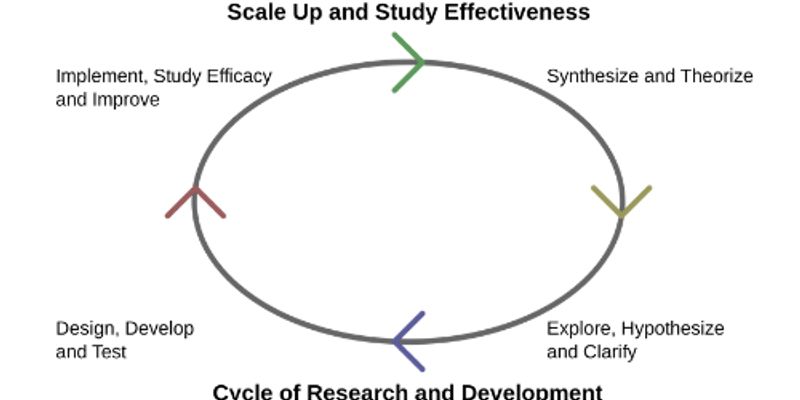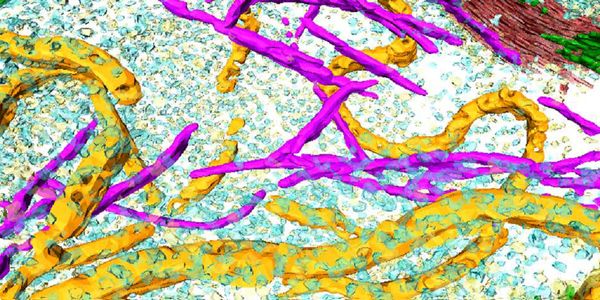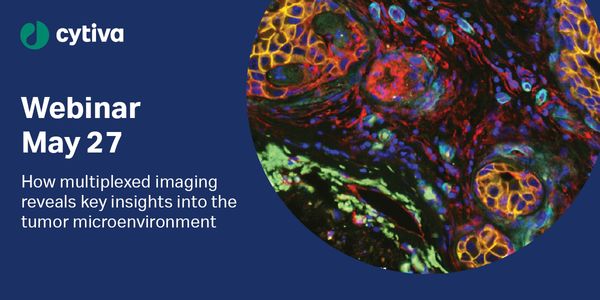Research and Development
Research and Development: innovative activities performed by corporations or governments for the creation, discovery and advancement of services and products.
-
JUN 16, 2020 | 8:00 AMDATE: June 16, 2020 TIME: 8:00am PT Multi-wavelength analysis of hydrodynamic data collected on the latest analytical ultracentrifugation instruments provides additional resolution and insig...Veterinary drugs are commonly used chemicals to improve the growth and health outcomes of farm animals raised for human consumption. However, improper use of vet-drugs in animal farming can...
JUN 11, 2020 | 10:00 AM
DATE: June 11, 2020 TIME: 10:00am PT, 1:00pm ET Correlative light and electron microscopy (CLEM) enables biological discoveries by merging different microscopes and imaging modalities to stu...
Speaker:
Elizabeth Wright, Ph.D.
, Jae Yang, Ph.D.
, Bryan Sibert, Ph.D.
Sponsored By: Leica Microsystems,
Alveole
JUN 09, 2020 | 9:00 AM
DATE: June 9, 2020 TIME: 9am SGT, 10am JST, 11am AEST The use of LC-MS/MS technologies in Endocrinology for clinical research is experiencing rapid growth....
In 2019, over 220,000 Canadians will be diagnosed with cancer and 82,000 will die of the disease. Approximately 90% of cancer related deaths are the result of metastatic disease. This is ind...
Multiplex immunofluorescence IHC is a powerful technique to address the increasing research needs in immuno-oncology to better understand the tumor microenvironment. In this webinar, we will...
Speaker:
Alexandre Kehren, M.Sc.
Neoantigen based personalized immuno-oncology drugs are a relatively new therapeutic avenue that have shown strong anti-tumor efficacy in the clinic. Neoantigen peptides have been widely rep...
Speaker:
Samantha Zaroff, PhD
Gene manipulation studies in primary human immune cells can answer important biological questions within a clinically relevant cellular context. In this webinar we explore the use of several...
Speaker:
Verena Brucklacher-Waldert, PhD
JUN 03, 2020 | 12:00 PM
Multiplexed immunofluorescent imaging sheds new light on cancer and other complex conditions. This imaging technique offers a deeper understanding of cells and their surroundings by providin...
Speaker:
Paul Goodwin
, Fiona Ginty
, Prachi Bogetto
Understanding morphogenesis is an inherently four-dimensional problem, as cells change position in space and the embryo is transformed over time. Dorsal intercalation of epidermal cells in t...
A key step in the clinical production of CAR T cells is the expansion of engineered T cells. To generate enough cells for viable adoptive cell therapy, cells must be robustly stimulated, whi...
Speaker:
Pratip K. Chattopadhyay
Immune checkpoint blockade has revolutionized the treatment for patients with cancer. Great efforts remain to better understand resistant mechanisms to treatment as well as means to improve...
























